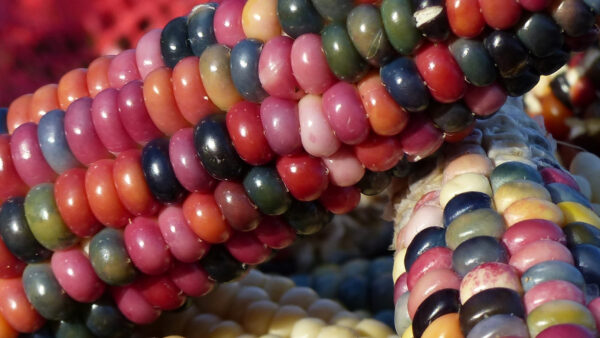
Did you know waxy sorghum can weather in the field faster than its non-waxy counterpart? Turns out that might not be true after all.
Mitchell Kent grew up in central Illinois where he received a bachelor’s degree in crop science from the University of Illinois. Mitchell then moved to Texas where he received a master’s degree in plant breeding working in the sorghum breeding and genetics lab and his research focused on specialty sorghums. Currently, Mitchell is working on his PhD in the same lab at Texas A&M University and is focusing on genomic prediction to screen for sorghum seed parents.
He sat down with Marc Zienkiewicz last month in Ames, Iowa, to talk about his work and an important new discovery he recently made.
“Waxy sorghum hasn’t been widely cultivated, because there’s some concerns, primarily on some yield drag that comes with the trait, but there’s also been a notion that waxy sorghums suffer from increased weathering, or increased disease,” he says.
Waxy genotypes theoretically are easier to digest, they’re easier to turn to ethanol and some other starch properties. However, if they rot in the field, it doesn’t really help you, he notes.
“It’s been a belief for a long time that they weathered more easily in the field. So essentially, I screened a group of hybrids, waxy, non waxy, and some locations that had pretty severe weathering, and found there was really no difference in the amount that the waxy or non waxy sorghum weathered.”









